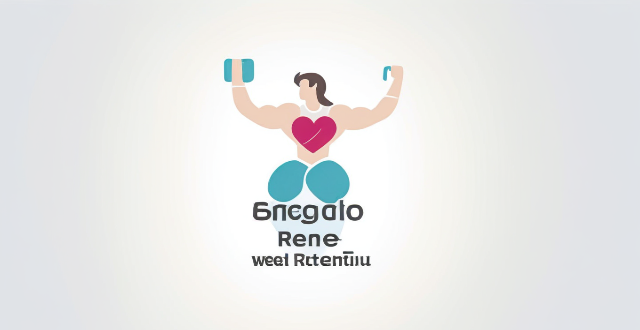Aerobic exercise, or cardio, is an effective way to lose weight. It increases heart rate and breathing, leading to higher calorie burn during and after the workout. Moderate-intensity aerobic activities also use fat as fuel, improving metabolic rate for further calorie expenditure at rest. Regular cardio can strengthen heart muscles for efficient blood pumping and contribute to muscle endurance. Types of aerobic exercises include running, cycling, swimming, walking, and group fitness classes like Zumba. To successfully incorporate aerobic exercise into a weight loss plan, it's recommended to start slowly, mix up activities, stay consistent, and combine with strength training. Potential challenges such as overexertion and plateaus in progress should be managed by adjusting routines. Overall, aerobic exercise can aid in weight loss when part of a balanced fitness regimen.

Can Aerobic Exercise Help Me Lose Weight?
Aerobic exercise, also known as "cardio," is a popular form of physical activity that increases your heart rate and breathing for an extended period. It's often recommended as part of a weight loss plan due to its potential to burn calories and improve overall health. But can it really help you lose weight? Let's dive into the details:
The Relationship Between Aerobic Exercise and Weight Loss
Calorie Burn
- Increased Energy Expenditure: Aerobic exercises require more energy, leading to increased calorie burn during the activity.
- Post-Exercise Oxygen Consumption (EPOC): After a session of cardio, your body continues to burn calories at an elevated rate.
Fat Oxidation
- Fat as Fuel: During moderate-intensity aerobic activities, the body tends to use fat as a primary source of fuel.
- Improved Metabolic Rate: Regular cardio can boost your metabolic rate, helping you burn more calories even at rest.
Health Benefits Complementing Weight Loss
- Cardiovascular Health: Stronger heart muscles pump blood more efficiently, aiding in calorie burn.
- Muscle Tone: While not typically focused on building large muscles, cardio can contribute to muscle endurance and tone.
Types of Aerobic Exercises
Here are some examples of aerobic exercises that can be incorporated into a weight loss routine:
- Running: High-impact, high-calorie burn.
- Cycling: Lower impact but still effective for burning calories.
- Swimming: Full-body workout with significant calorie expenditure.
- Walking: Low-impact, accessible for most fitness levels.
- Group Fitness Classes: Such as Zumba or step aerobics, which combine fun with calorie-burning moves.
Incorporating Aerobic Exercise into Your Routine
Tips for Success
- Start Slowly: Begin with shorter sessions and gradually increase duration and intensity.
- Mix It Up: Include variety to keep motivation high and work different muscle groups.
- Stay Consistent: Aim for at least 150 minutes of moderate-intensity aerobic activity each week.
- Combine with Strength Training: Building muscle through strength training can further increase your metabolism and aid in weight loss.
Potential Challenges
- Overexertion: Avoid pushing too hard, too fast, which can lead to injury.
- Plateaus: As your fitness level improves, you may hit plateaus where calorie burn levels off; adjusting your routine can help overcome this.
Conclusion
In conclusion, aerobic exercise can absolutely play a role in helping you lose weight. By increasing your heart rate and breathing, you burn more calories, potentially leading to weight loss when combined with a healthy diet. However, it's important to approach cardio in a balanced way, incorporating it into a well-rounded fitness regimen that includes strength training and rest days to avoid overexertion and encourage long-term success.